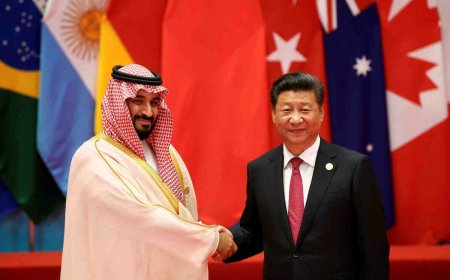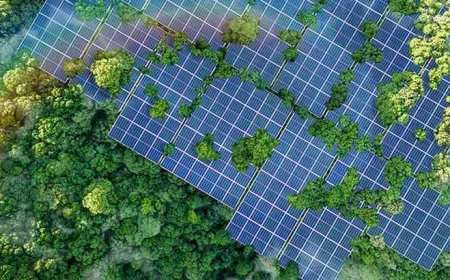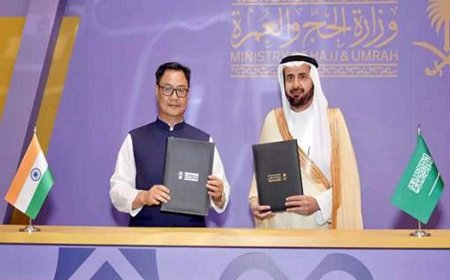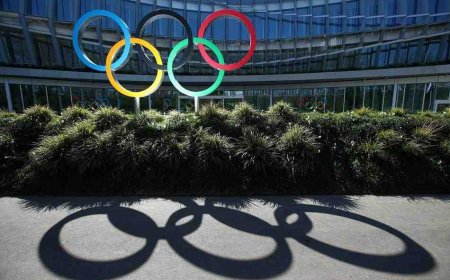Groundbreaking Analysis Exposes How Climate Finance Is Misallocated to Wealthy Nations Like China and Saudi Arabia
Shocking investigation reveals China, Saudi Arabia & UAE received billions in climate loans, while poorest nations get saddled with debt. Analysis calls for urgent climate finance reform.

Analysis Exposes Climate Finance Flaw: Wealthy Nations Like China and Saudi Arabia Receive Billions in Loans
A groundbreaking joint investigation by The Guardian and Carbon Brief has revealed a stark imbalance in the global climate finance system, with wealthy and oil-producing nations receiving billions in climate loans intended for the world's most vulnerable countries. The findings challenge the core principles of climate justice and raise alarms about rising debt in developing nations.
The analysis, which scrutinized over 20,000 projects reported between 2021 and 2022, found that the current distribution of climate finance often bypasses those most in need, directing funds to economically powerful states and adding to the debt burden of the poorest.
Key Findings: A System Skewed Towards the Wealthy
The data paints a troubling picture of global climate funding:
-
Neglect of the Poorest Nations: Only about 20% of the $160 billion in climate finance during the period went to the world's 44 Least Developed Countries (LDCs).
-
Predominance of Loans, Not Grants: In vulnerable nations like Bangladesh and Angola, up to 95% of climate finance was provided as loans, not grants, threatening to exacerbate their existing debt crises.
-
Questionable Recipients: Economic powerhouses and fossil-fuel exporters were among the top recipients. China received approximately $3 billion, while Saudi Arabia secured $328 million in Japanese loans for its electricity company and a solar farm. The UAE received over $1 billion in climate-related loans.
The Core Problem: Deepening Inequality and Debt
This funding model has drawn sharp criticism from climate justice advocates. They argue that providing loans to wealthy nations undermines the "polluter pays" principle and the original intent of climate finance, which is to help the most vulnerable countries adapt to a crisis they did little to cause.
The heavy reliance on loans creates a dangerous paradox for poor countries. Data from the World Bank shows that the poorest nations are repaying $91.3 billion in external debt—a sum nearly three times the climate finance they received. This means climate finance, instead of building resilience, may be pushing them further into financial instability.
Calls for Systemic Reform
In response to these findings, experts and civil society groups are demanding a major overhaul of the climate finance architecture. Key recommendations include:
-
Shifting from Loans to Grants: Providing more non-repayable grant funding to the most vulnerable countries to prevent additional debt accumulation.
-
Expanding Concessional Finance: When loans are necessary, they should be highly subsidized with low interest rates and long repayment periods.
-
Ensuring Transparency and Equity: Creating a more transparent and accountable system where funds are allocated based on climate vulnerability, not political or economic interests.
Also Read: India, Saudi Arabia Sign Major Textile MoU to Boost Cooperation and Double Trade Volume
The Bigger Picture: A Critical Juncture for Climate Finance
This investigation comes at a pivotal time. The long-delayed $100 billion-a-year climate finance goal from wealthy nations was only met in 2022. Now, with discussions underway for a new target of up to $300 billion annually by 2035, the analysis serves as a critical warning.
Without fundamental reform that prioritizes grants over loans and directs funds to the most vulnerable, there is a real risk that the next wave of climate finance will perpetuate global inequality rather than alleviate climate suffering. The effectiveness of the global response to climate change depends on building a system that is not only well-funded but also fundamentally fair.
What's Your Reaction?









































